The modern convention center has come a long way
When Socrates laid out what he conceived as the major tenets of a just society and who should gather as the rightful leaders of said society, there were several questions that went unanswered and were nowhere to be found in Plato’s The Republic, such as:
How many people were in attendance?
What was the square footage of the space?
Was the space indoor or outdoor?
Who planned this event?
What was the ROI?
Whoever planned meetings in ancient Greece, it’s likely they didn’t imagine the conversation between Socrates and his interlocuters would continue to be read to this day. As is the meeting planner way, they were likely too busy planning for the next event.
B.C.C.: Before Convention Centers
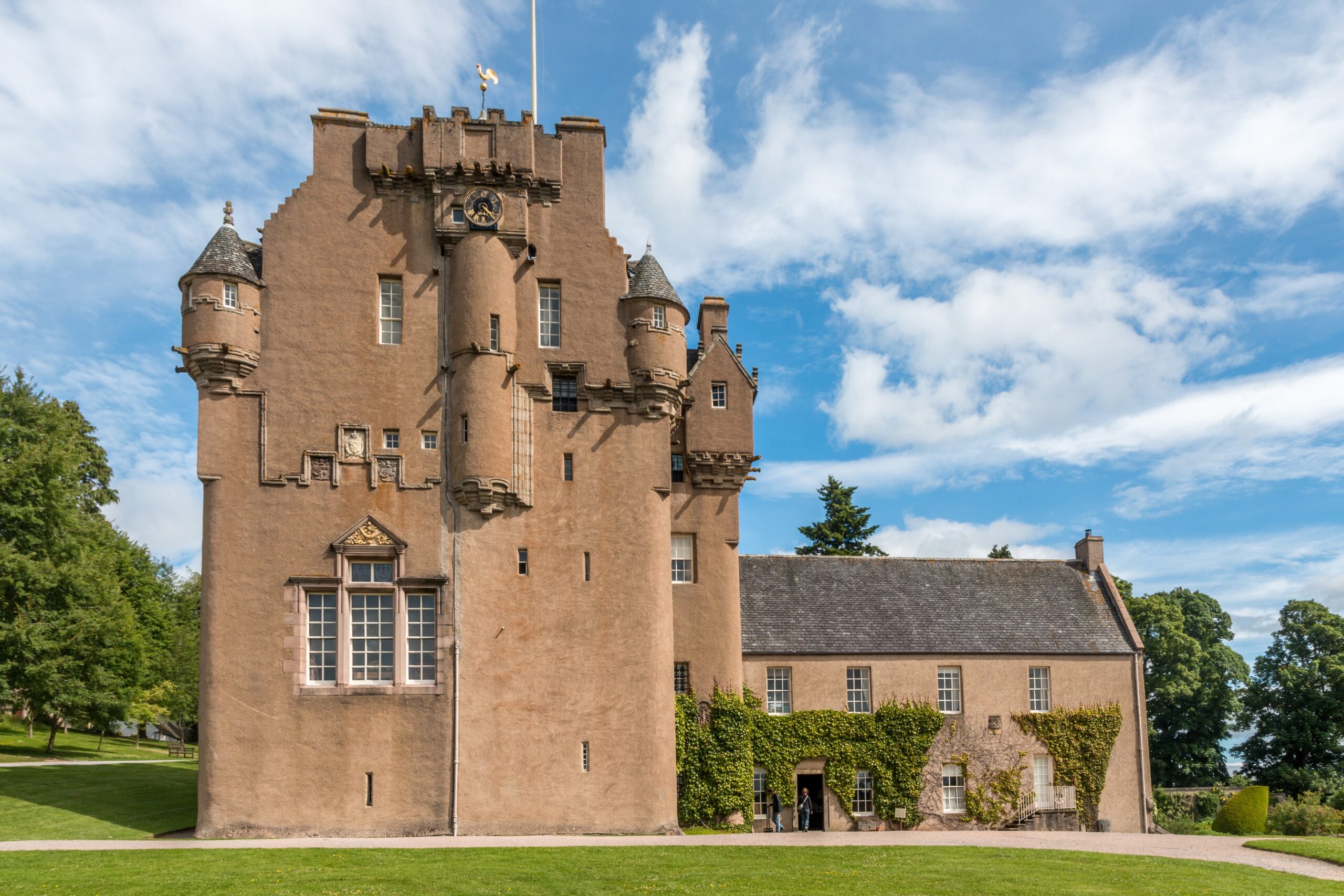
Since the early days of human existence, there have been gatherings of buyers and sellers. International Association of Exhibitions and Events’ (IAEE) textbook The Art of the Show makes clear in chapter one just how far back the concept of “getting together” goes: “The Egyptian, Greek and Roman marketplaces were the first examples. In fact, trade fairs are mentioned twice in the Bible’s Old Testament.”
Fairs were a common occurrence in the Middles Ages in Europe. They were most often used to promote agricultural products, arts and crafts, and other hand-made goods. Germany and France each lay claim to having hosted the first trade fairs in Western Europe, with the first one recorded in Leipzig, Germany, in 1165.
Read More: Convention Center: Bigger, Better, symBiotic
Gathering spaces also took on another form during this time. Before what we now know as the “convention center” became the all-purpose venue for events of all types, gatherings were held in “great halls” for members of the privileged classes. These were large rooms in castles and palaces across Europe where knights, lords and government officials would meet with kings and queens.
To this day, 16th- and 17th-century great halls still stand in the United Kingdom, in Eltham Palace in England (created in 1301), Crathes Castle in Scotland (c. 1323) and Bodysgallen Hall in Wales (c. 1620), to cite but three.
Meeting spaces have figured in some of the world’s great historical events. Take the story of an indoor tennis court, a makeshift meeting space in Versailles, France, an event that has come to be known as the Tennis Court Oath. It’s a bit complicated, but in 1789 that tennis court witnessed the attendees, commoners and lower clergy meeting in defiance of King Louis XVI, swear never to separate until a written constitution was created. Seven days later, the king gave in, and the meeting was a key event leading to the French Revolution.
Early Gathering Locales
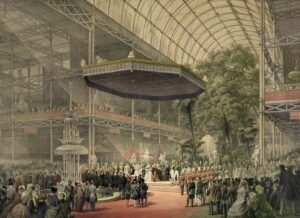
In the timeline of convening, the convention center is a new creation—basically a newborn—relative to Socrates’ philosophical expositions in 375 B.C. Early iterations of the modern-day convention center began construction in the mid-19th century in the U.K., with venues such as Bingley Hall in Birmingham in 1850 and Crystal Palace in London in 1851.
According to the University of Sheffield, Bingley Hall was the first purpose-built exhibition hall in Great Britain. The hall was built using a surplus of red and blue bricks and steel columns from a nearby railway station and was built by two Birmingham contractors with experience in railways and roads. As late as the 1980s, the hall was the site of shows and public gatherings like circuses, boxing matches (Muhammad Ali even made an appearance), cinema, concerts, religious and political meetings.
“Since the early days of human existence, there have been gatherings of buyers and sellers.”
After a fire and its subsequent demolition, the site was taken over by The International Convention Centre in 1991, with more than 32,000 sq. ft. of exhibition space across 10 halls and 10 meeting rooms. Today, The New Bingley Hall, an homage to the former, is also in Birmingham; it features 30,150 sq. ft. of meeting space. Coincidentally, New Bingley suffered a fire in 2022 during a wedding, but it has survived.
Crystal Palace in London was built for the sole purpose of hosting The Great Exhibition, which, at the time, was deemed the world’s greatest show of industrial technology. It was the pet project of Prince Albert, a tech nerd of his day and Queen Victoria’s husband. It featured 990,000 sq. ft. of exhibition space and was made of cast iron and plate glass, like a giant greenhouse.
After nearly six months of the Great Exhibition, the palace itself was relocated to South London, where it stood until 1936, when it suffered the same fate as Bingley Hall—destruction by fire. No new convention center took its place.
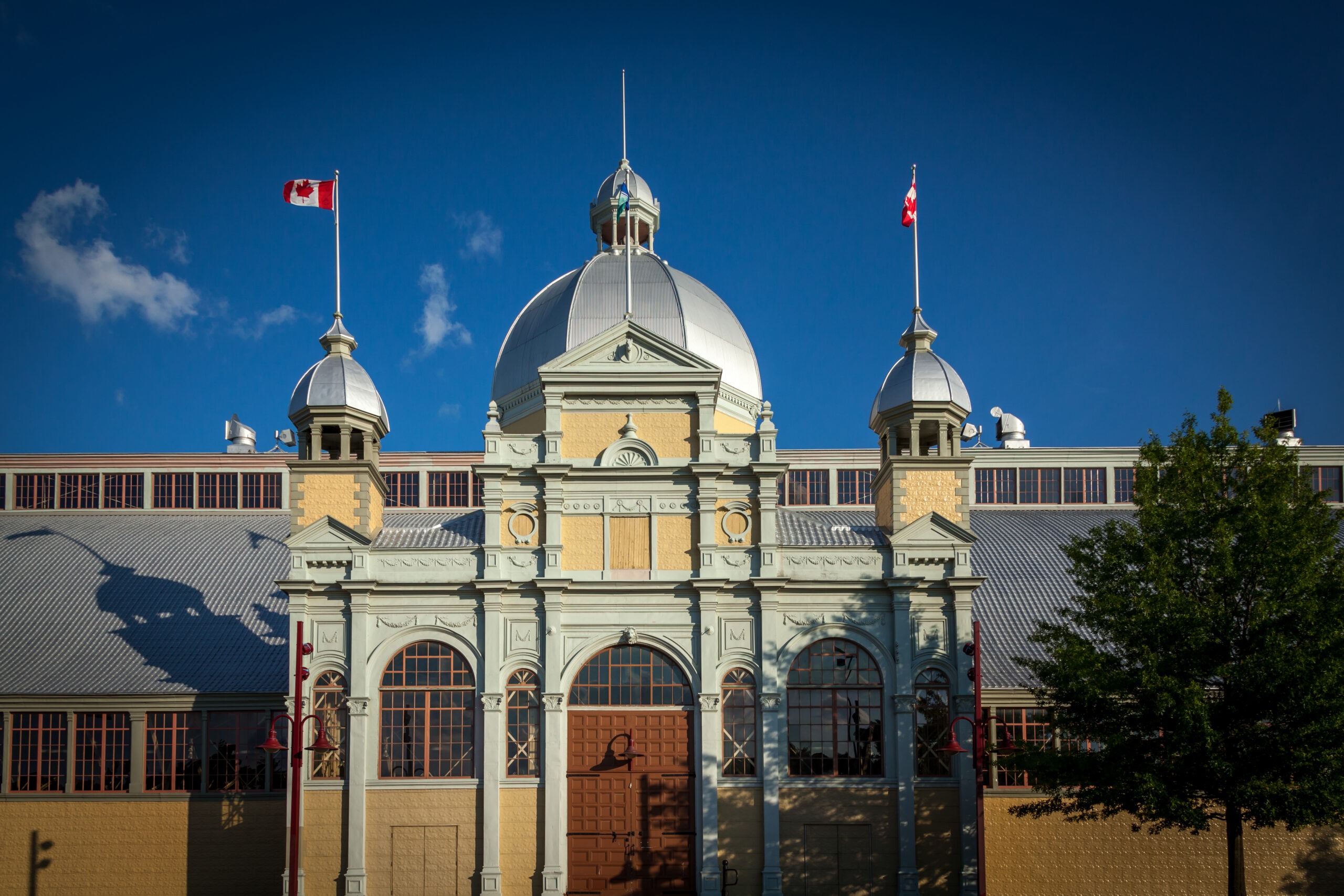
Across the Atlantic Ocean, the British lead was followed in Canada, which opened Aberdeen Pavilion in Ottawa in 1898. At more than 32,000 sq. ft. at its opening and as the largest column-free space in the city, it was created to house Central Canada Exhibition, an agricultural show—hence its nickname of Cattle Castle. Aberdeen Pavilion also served as a riding school, skating arena, and, during World War I, an army basic training center.
Read More: Eastern Canada: Take to The North
Aberdeen deteriorated after the war until it was closed. But it was restored and officially reopened in 1994. The pavilion remains an important landmark in the city and is still often used for private events.
In the United States, in Washington, D.C., the unused second floor of a market house called Northern Liberty Market was developed to be rented out for public events in 1891. This became the city’s first official convention center, home to the annual Pure Food Exhibit, religious events, political debates, and in the winter of 1896, a seasonal ice rink.
Oh, Modernity!
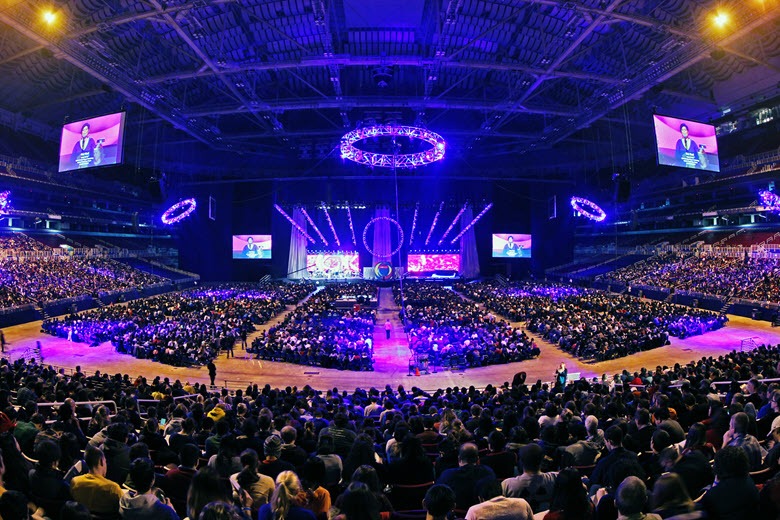
The convention centers meeting professionals know today haven’t been around for very long; the oldest date only to the late 1950s. Since then, these magnets for gathering have, of course, made incredible strides in size, technological capabilities, ability to lessen their carbon impact despite their size and, it should be noted, fire protection.
Case in point: Named after the late Walter E. Washington, the city’s first home-rule mayor, today’s Walter E. Washington Convention Center opened in 2003 as successor to a previous center a block away from the current location. It began as a collaboration among owner and operator Events DC, the capital’s convention bureau, and area architecture firms.
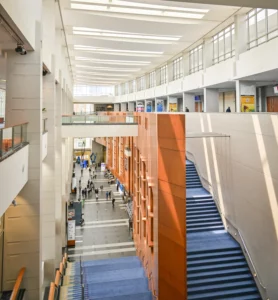
In addition to numerous public events, Walter E. Washington has also been the home of presidential events, having hosted six of 10 official balls of Barack Obama’s 2009 presidential inauguration. It encompasses 700,000 sq. ft. of exhibition space, including a 77,000-square-foot ballroom and 77 meetings rooms.
NAACP members gathered in 1977 to inaugurate St. Louis’ premier convention space that is today’s America’s Center. Less than a decade later, Mayor Vince Schoemehl announced plans for an expansion; work began in 1989. Another expansion, started in 1992, is now called The Dome at America’s Center. A headquarters hotel, a 600-room Sheraton property, also followed; it’s now Marriott St. Louis Grand.
Today, the America’s Center complex is home to 574,000 sq. ft. of exhibit space, and still holds the record for the largest indoor gathering in the U.S., when Pope John Paul II held a Mass for more than 104,000 people.
As part of AC Next Gen, America’s Center $256-million renovation, the complex is currently undergoing a renovation of its façade and adding a new outdoor plaza, a 72,000-square-foot exhibit hall and multiple incorporations of LED lighting. The project is slated for completion later this year.
In 1959, Las Vegas debuted its convention center with the hosting of the World Congress of Flight. Las Vegas Convention Center’s (LVCC) first iteration came in the form of a large silver-dome rotunda attached to a 90,000-square-foot exhibit hall. Since then, LVCC has increased in size more than 10-fold and is now home to nearly 15 million sq. ft. of meeting and event space, with plans to add another 1.4 million sq. ft. of space to its recently opened West Hall.
George R. Brown Convention Center (GRB) in Houston opened in 1987, named after an internationally recognized entrepreneur, engineer, civic leader and philanthropist. The first convention held there, in October 1987, was for the American Society of Travel Agents. Like so many others, GRB found itself in need of an expansion, which was completed in 2001 along with an adjacent hotel, the 1,200-room Hilton Americas-Houston.
The project grew convention space to 1.8 million sq. ft. In 2014 nearly 100,000 sq. ft. of outdoor space followed. Two years after that, GRB added the 1,000-room Marriott Marquis to its north end, connected via skybridge.
Back in Las Vegas, as the hospitality offerings continued to increase, some had dreams of expanding the city’s most well-known boulevard. In 2001, Coast Casinos (formerly Coast Resorts) purchased 50 acres of land a few miles south of the Las Vegas Strip. The property would become South Point Casino Las Vegas in 2006.
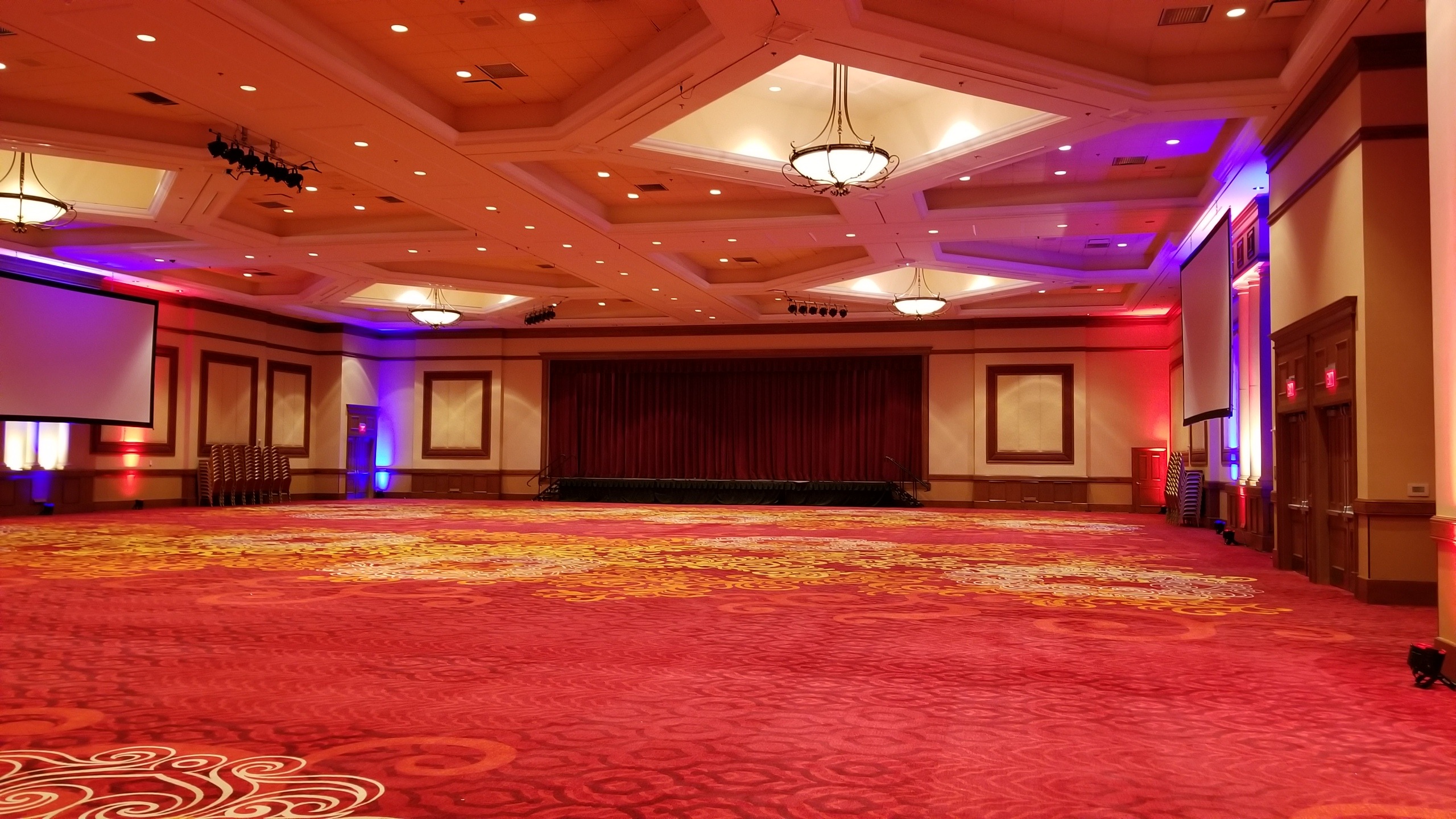
While it may not be a convention center per se, South Point houses a 70,000-square-foot conference center, which has a 22,000-square-foot ballroom. The southward property also has an 80,000-square-foot, column-free exhibit hall that is divisible into four sections. In total, the property has 175,000 sq. ft. of space.
Socrates would be amazed.
This article appears in the May/June 2024 issues. You can subscribe to the magazine here.




